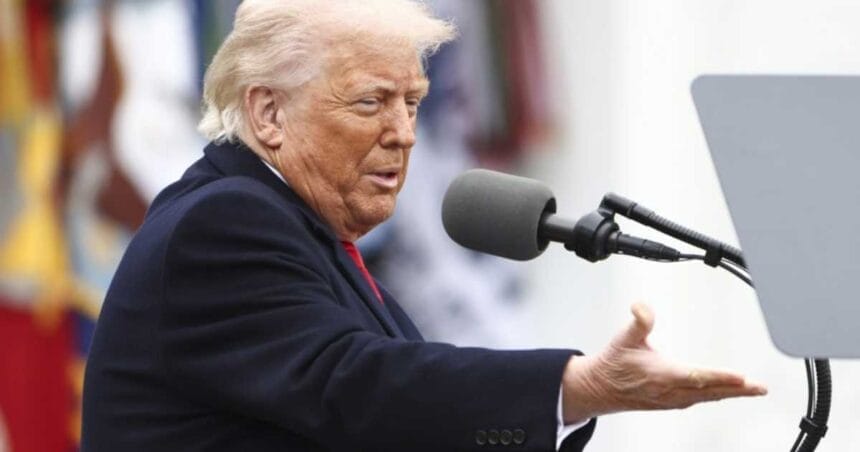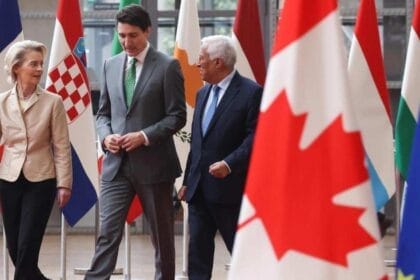During his second presidency, Donald Trump has launched one of the largest tariff campaigns in modern US history. From January to April 2025, the average tariff rate rose from 2.5% to nearly 27% before easing to about 18.6% in August.
Key Tariff Measures
The administration raised steel, aluminum, and copper tariffs to 50%, while foreign-made cars and parts now face a 25% levy. Trump also threatened a 200% tariff on pharmaceuticals and ended the long-standing $800 tax-free exemption on imports.
Legal Battles Over Tariffs
Trump used emergency powers under the International Emergency Economic Powers Act to impose sweeping tariffs. Courts have ruled some of these actions illegal, but the measures remain in effect while appeals continue.
Impact on Consumers and Businesses
Although Trump argues tariffs protect US industries and jobs, businesses importing foreign goods are paying higher costs, which are often passed to American consumers. Global organizations, including the Federal Reserve and World Bank, have downgraded US growth projections as a result.
India and Other Trade Partners
Trump recently accused India of benefiting unfairly from trade with the US while buying Russian oil. He claimed India has offered to cut tariffs on American goods to zero, though New Delhi has not confirmed this














